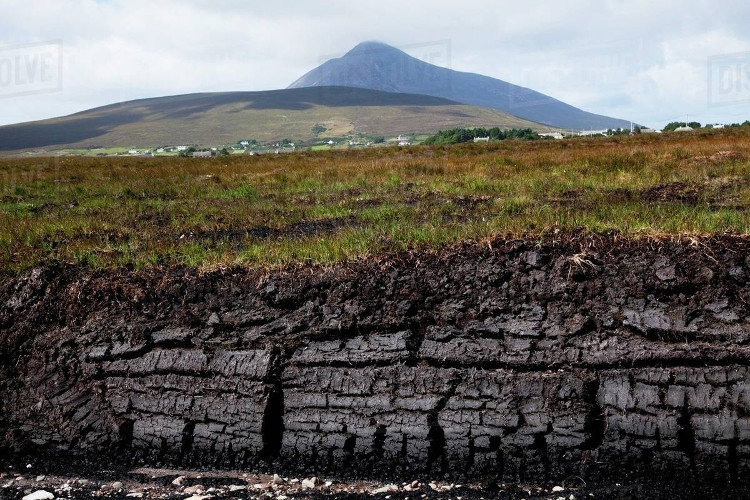Risk of CO2 emissions from Central African peat swamps
Researchers have reported the discovery of peat lagoons in the Central African region of the United Kingdom's approximate England area with carbon dioxide equivalent to global emissions for three years.
In the study published in the January 11 issue of the journal Nature (Nature), scientists say this is the first time the world has been aware of the existence of wetlands of up to 145,000 km. 2 covered with peat layer with an average thickness of 2m and reserves of up to 30 billion tons in the Congo Basin located between the Republic of Congo and the Democratic Republic of Congo.
Professor Simon Lewis of the University of Leeds (UK), co-author of the study, warned of depleting water from peat swamps in this area, to get farmland or due to reduced rainfall due to variable climate change, can release billions of tons of CO2 causing greenhouse effect into the atmosphere.
Until the mid-20th century, peat bogs were still exploited as a popular fuel source in the world.
Until recently, scientists discovered that peat bogs are also home to large quantities of greenhouse gases that are believed to contribute to global warming.

Peat bogs are still exploited as a popular fuel source in the world.
Peat swamps cover only about 3% of the Earth's surface area but store about a third of the total soil carbon stock.
The consumption of fossil fuels, such as oil, gas and coal, has been identified as the main cause of climate change today.
However, about 10% of the annual effect of gas discharged into the atmosphere comes from land use activities, mainly deforestation and agriculture.
Because it lies between dense tropical forests and is not close to the rivers that are the main transport circuit in Central Africa, the giant peat swamp area named Cuvette Centrale of the Congo Basin is only discovered. recently by satellite image technology.
Currently, this area is quite intact and not at risk of being affected by human activities. A small part of the peat swamp - about 4,500 km 2 - is currently in the Cong Tele Community Reserve of the Congo Republic for gorillas with the highest density of individuals in the region and in the world.
It is also home to another species of African endangered mammal, a forest elephant and many endemic waterbirds.
However, researchers are concerned about the long-term trend of expanding oil palm plantations in Africa, which may cause large areas of the peat swamp to drain to turn into plantations.
This is what happened in the past with wetlands of Southeast Asia, especially in Indonesia.
In this country, large areas of peat-covered swamps have been drained and cleared of forests to get oil palm land.
This process not only releases CO 2 and N 2 O - greenhouse gases - into the atmosphere, but also causes serious pollution that threatens health due to ash.
- Vietnam and ASEAN use peat land sustainably
- Soft tissue found in frog fossils
- Producing microbial fertilizer from peat with low price
- Death god stalks African elephants
- Pygmy: Where an 8-year-old girl became a woman
- Congo: discovered large swamp containing billions of tons of peat
- Development of technology for producing sanitary products from peat moss
- He: The crane returned after 400 years
- 15 years later African elephants may no longer exist
- African agriculture is at risk of wiping out
- Ebola is at risk of outbreaks in 15 countries in Africa
- Pollutant emissions increased record high
 Is the magnetic North Pole shift dangerous to humanity?
Is the magnetic North Pole shift dangerous to humanity? Washington legalizes the recycling of human bodies into fertilizer
Washington legalizes the recycling of human bodies into fertilizer Lightning stone - the mysterious guest
Lightning stone - the mysterious guest Stunned by the mysterious sunset, strange appearance
Stunned by the mysterious sunset, strange appearance